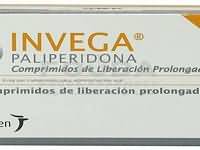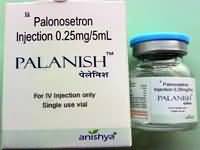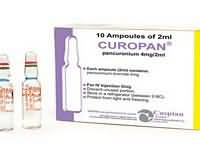iron sucrose

iron sucrose
CLINICAL USE
Prophylaxis of iron deficiency anaemia (when oral treatment is ineffective or contraindicated) Treatment of iron deficiency during epoetin therapy especially if serum ferritin is very low (<50 nanograms/mL)DOSE IN NORMAL RENAL FUNCTION
According to local protocol.PHARMACOKINETICS
DOSE IN RENAL IMPAIRMENT
GFR (mL/MIN)
DOSE IN PATIENTS UNDERGOING RENAL REPLACEMENT THERAPIES
IMPORTANT DRUG INTERACTIONS
Potentially hazardous interactions with other drugsDimercaprol: avoid concomitant use Do not administer with oral ironADMINISTRATION
Reconstition
–Route
IVRate of Administration
Bolus: 1 mL/minute Infusion: in sodium chloride 0.9% at a concentration of 1 mg/mL over 20–30 minutes per 100 mgComments
A test dose is required before administrationDoses can be administered via the venous limb of the dialysis machineStable for 24 hours at room temperatureOTHER INFORMATION
Some regimes are: 50–300 mg weekly —100 mg once or twice monthly —20–40 mg with each dialysis —Oral iron can be restarted 5 days after completion of the course of IV iron
See how to identify renal failure stages according to GFR calculation
See how to diagnose irreversible renal disease
Home








